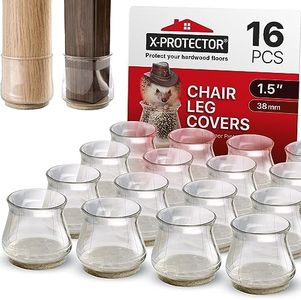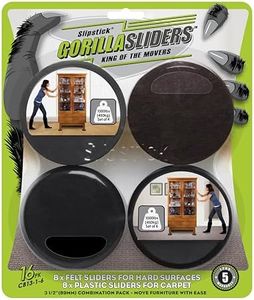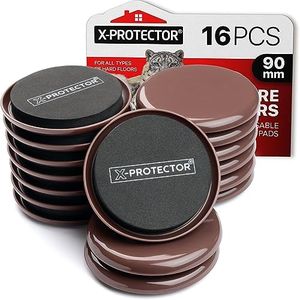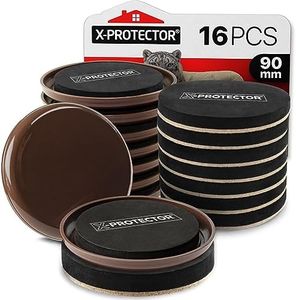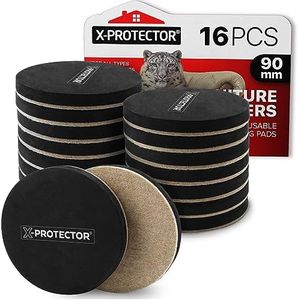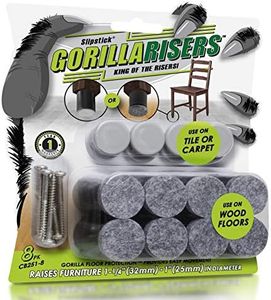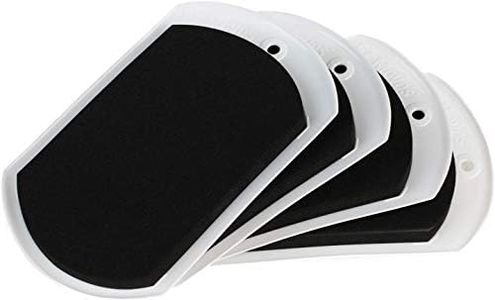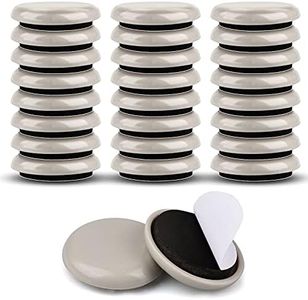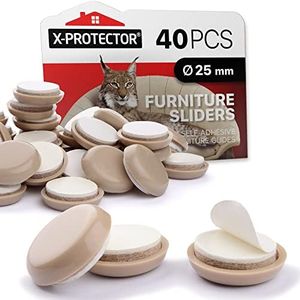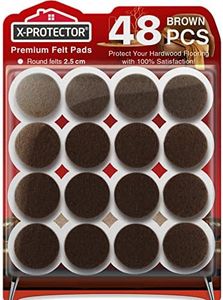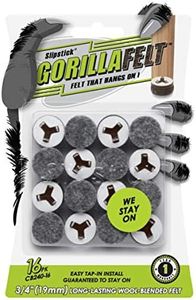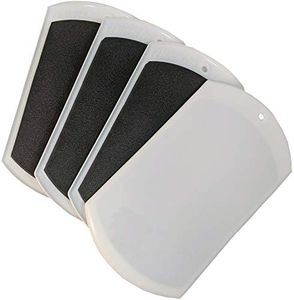We Use CookiesWe use cookies to enhance the security, performance,
functionality and for analytical and promotional activities. By continuing to browse this site you
are agreeing to our privacy policy
10 Best Furniture Sliders
From leading brands and best sellers available on the web.By clicking on a link to a third party's website, log data is shared with that third party.
Buying Guide for the Best Furniture Sliders
Choosing the right furniture sliders can make moving heavy or bulky furniture much easier and help protect your floors from scratches or damage. When picking sliders, it's important to focus on the type of surfaces in your home, the weight and size of the furniture you'll be moving, and how often you'll use the sliders. Understanding the key specs will help you find sliders that are effective, reliable, and safe for both your furniture and your flooring.Surface CompatibilitySurface compatibility refers to the type of flooring the sliders are designed for, such as carpet, hardwood, tile, or laminate. This spec is essential because the material and shape of the slider should match your floor to ensure smooth movement and avoid damage. Sliders made for carpet typically have a smooth, hard base, while those for hard floors often have a soft backing like felt or rubber. Decide where you'll use the sliders most—on carpet or hard floors—and select accordingly. If you have both surface types in your home, look for multipurpose sliders or purchase different sets for each type to get the best results.
Weight CapacityWeight capacity indicates how much weight each slider can safely support without breaking or losing efficiency. This is important to prevent accidents or damage to your furniture and floors. Weight capacities typically range from light-duty (ideal for small items like chairs), to medium-duty (for tables and smaller couches), to heavy-duty (for large sofas, beds, and appliances). To pick the right weight capacity, estimate the heaviest item you'll move and make sure the slider can handle that load—it's generally better to choose sliders with a higher capacity than you think you’ll need.
Shape and SizeThe shape and size of furniture sliders determine how well they fit under your furniture's legs or corners. Sliders come in various shapes, such as round for chairs or smaller pieces, and rectangular or oval for larger items. Size matters because a slider should fully cover the base of the furniture to evenly distribute weight and prevent the piece from slipping off. Measure the feet or base of your heaviest furniture and choose a slider that matches or is slightly larger, ensuring a secure fit during use.
MaterialMaterial refers to what the slider is made of, typically plastic, felt, rubber, or a combination. This matters because the material affects how smoothly the slider glides and how gentle it is on your flooring. Hard plastic works well on carpets, while felt or rubber is better for protecting hard floors. Choose the slider material based on your main flooring type at home. If you're seeking versatility, look for sliders with interchangeable or dual-material sides.
Reusable vs. Single UseSome furniture sliders are designed for repeated use, while others are intended for single use. Reusable sliders are made with durable materials and may feature features like washable pads, making them ideal if you move furniture often for cleaning or rearranging rooms. Single-use sliders are usually more basic and suitable for a one-time move. Consider how often you anticipate rearranging your space—if it’s a regular occurrence, opt for reusable sliders that will last through multiple uses.
